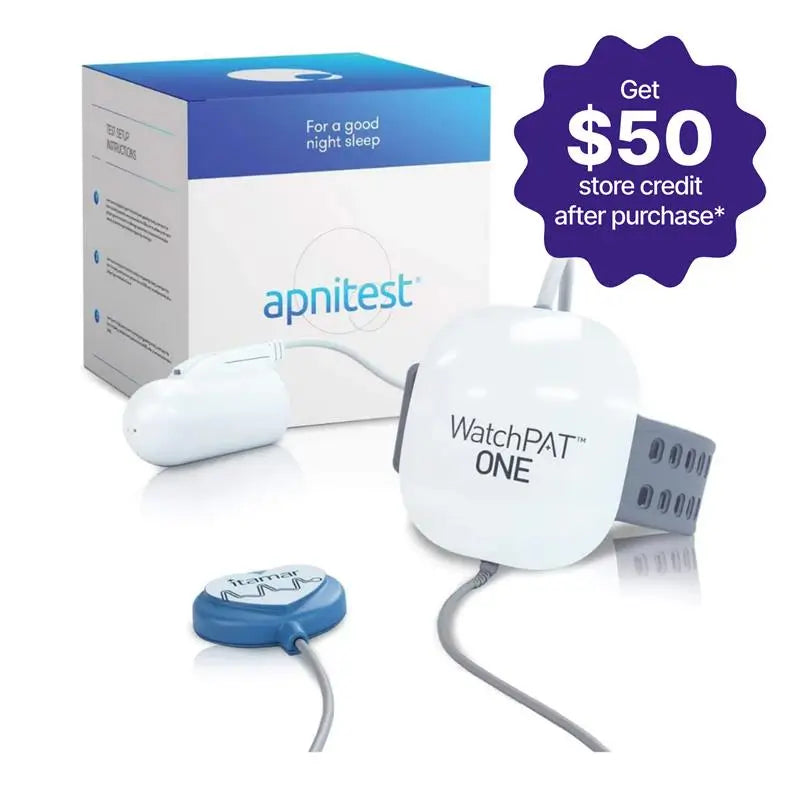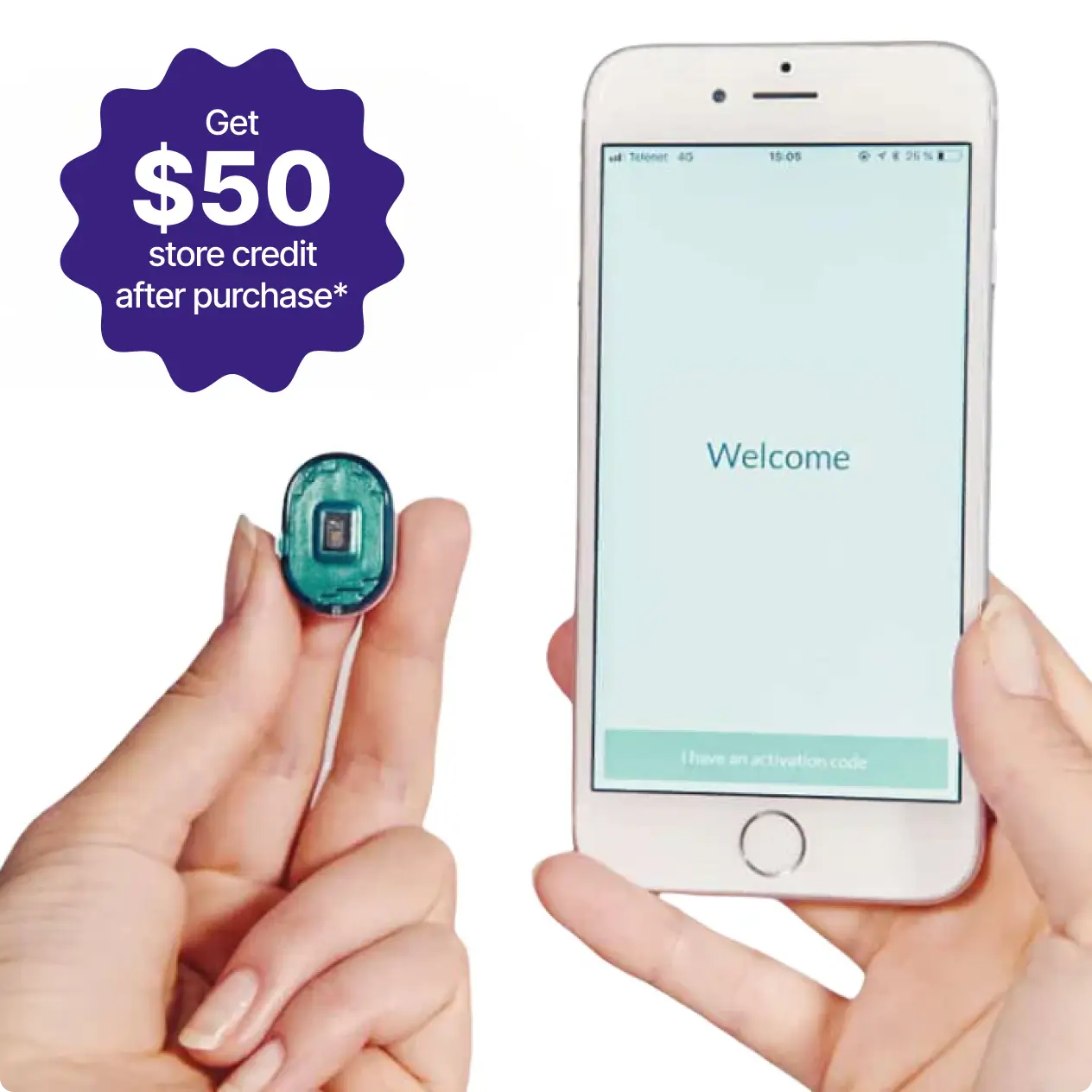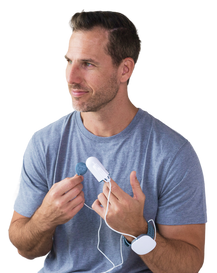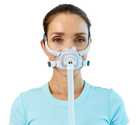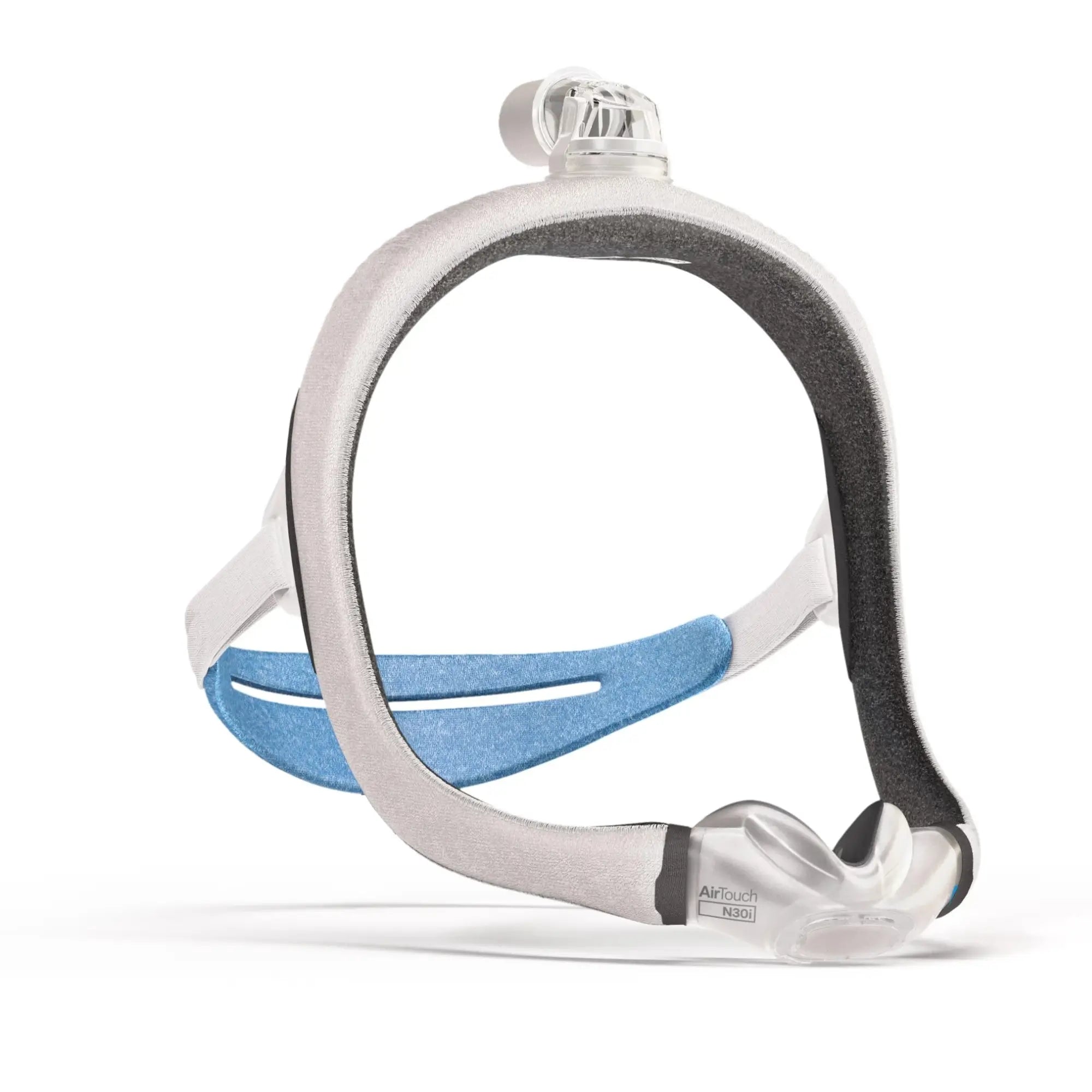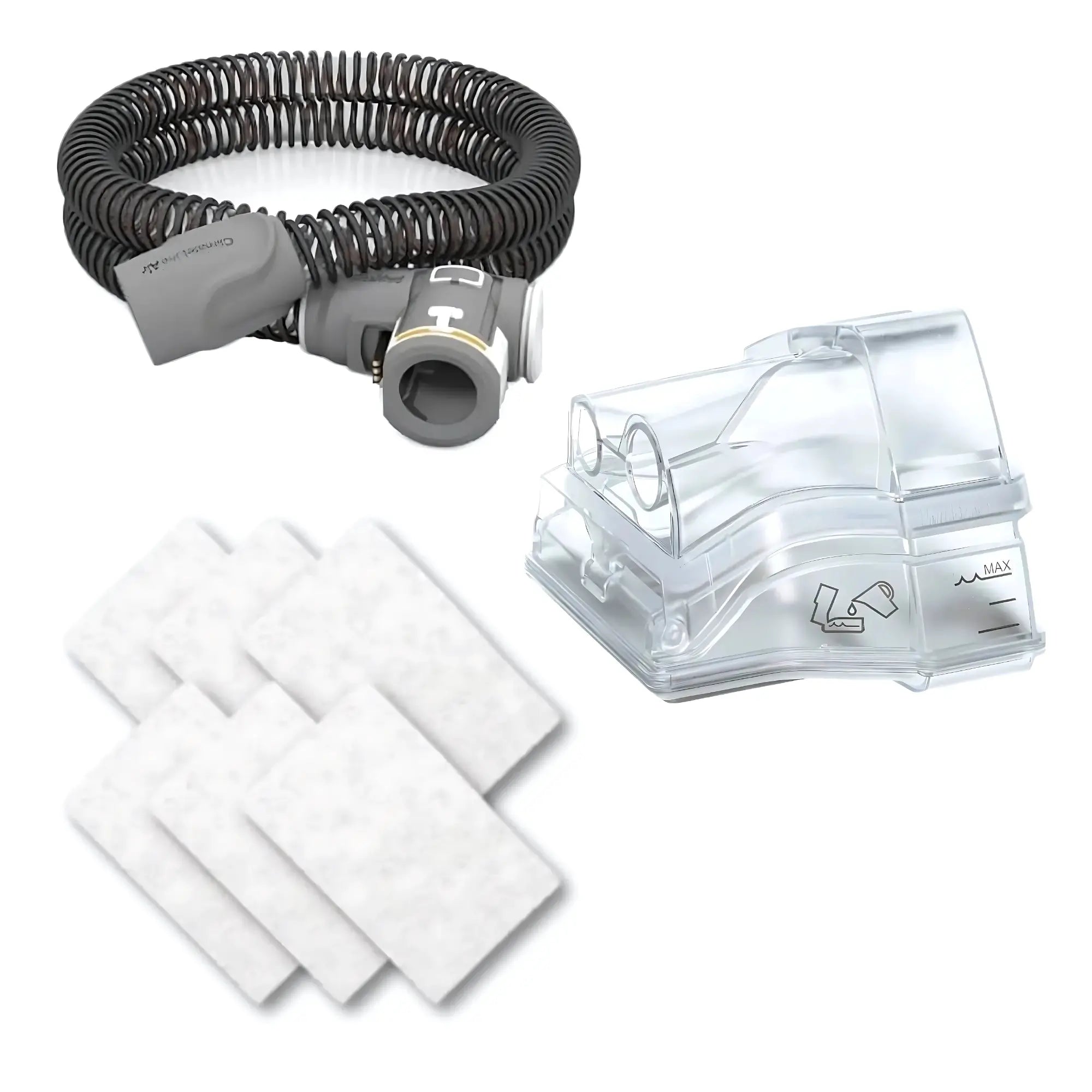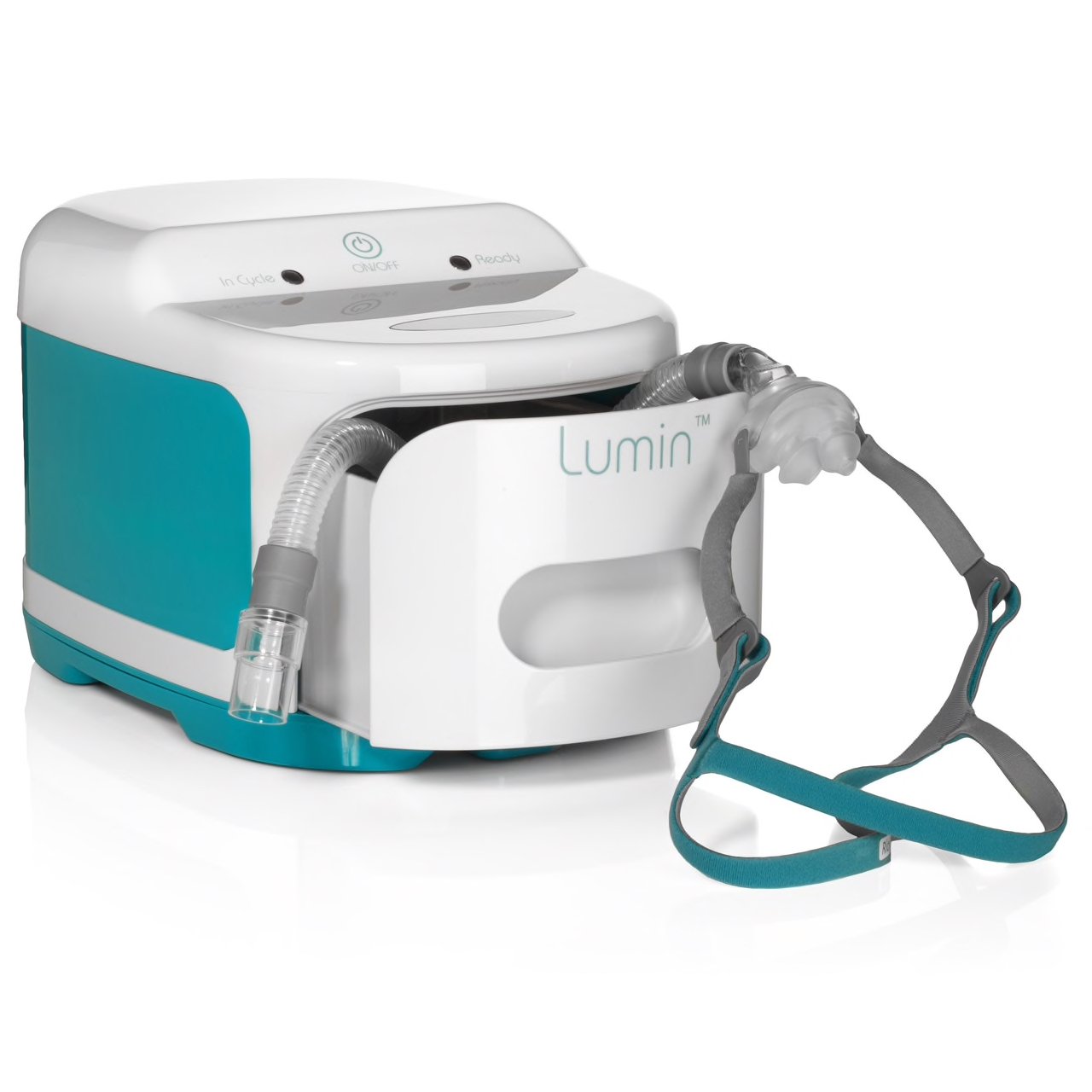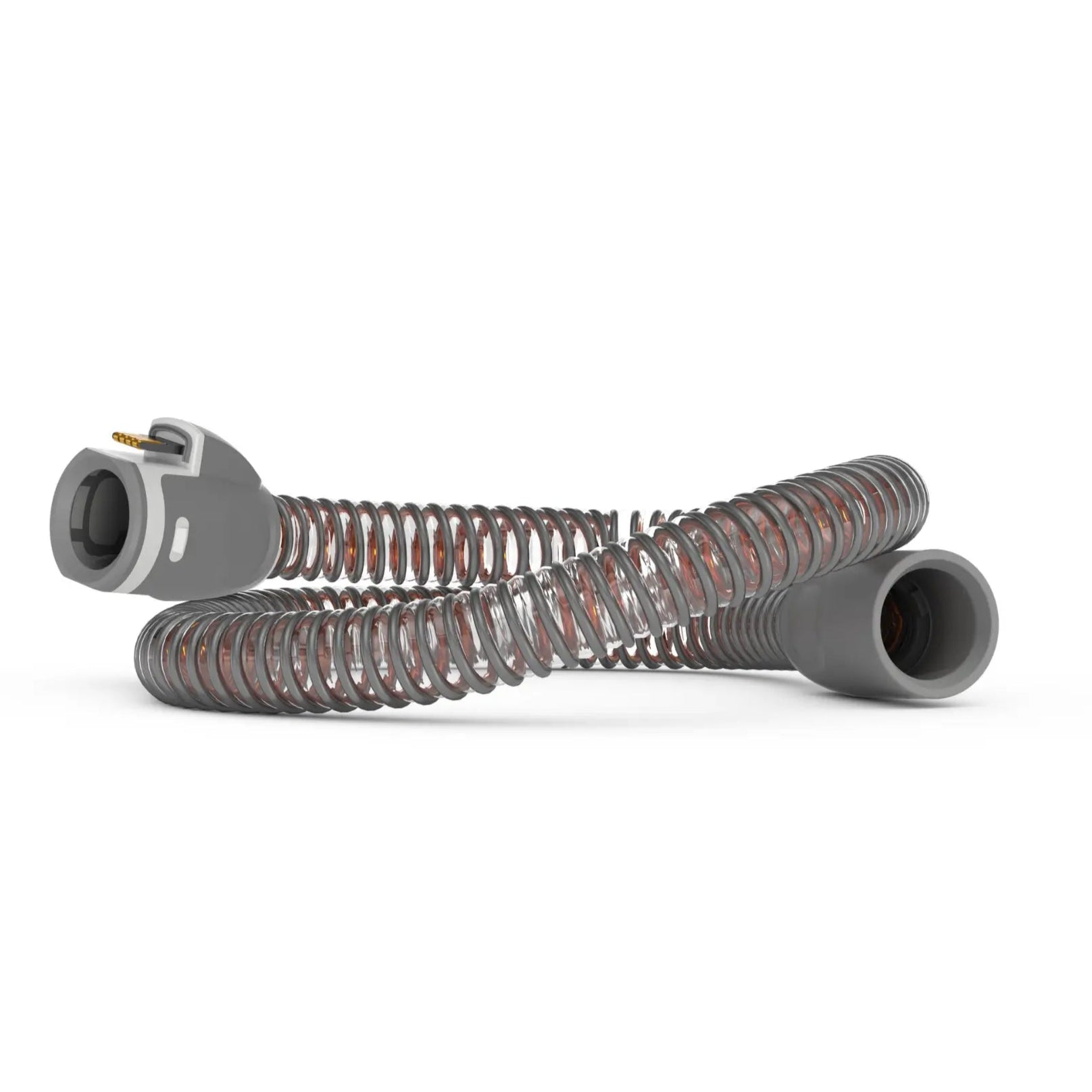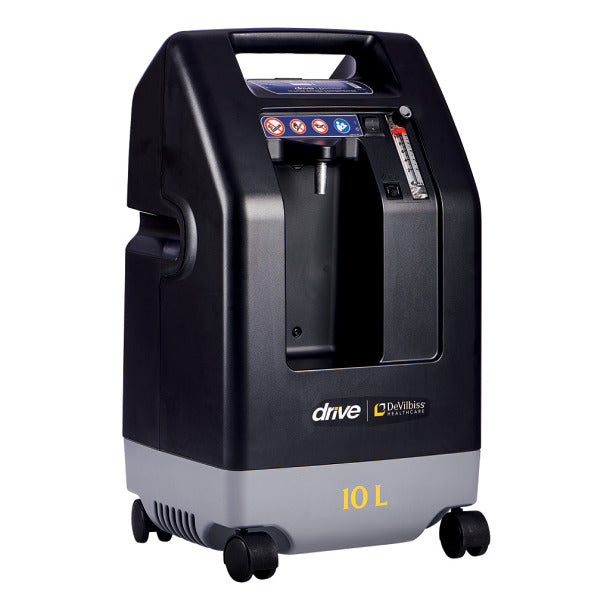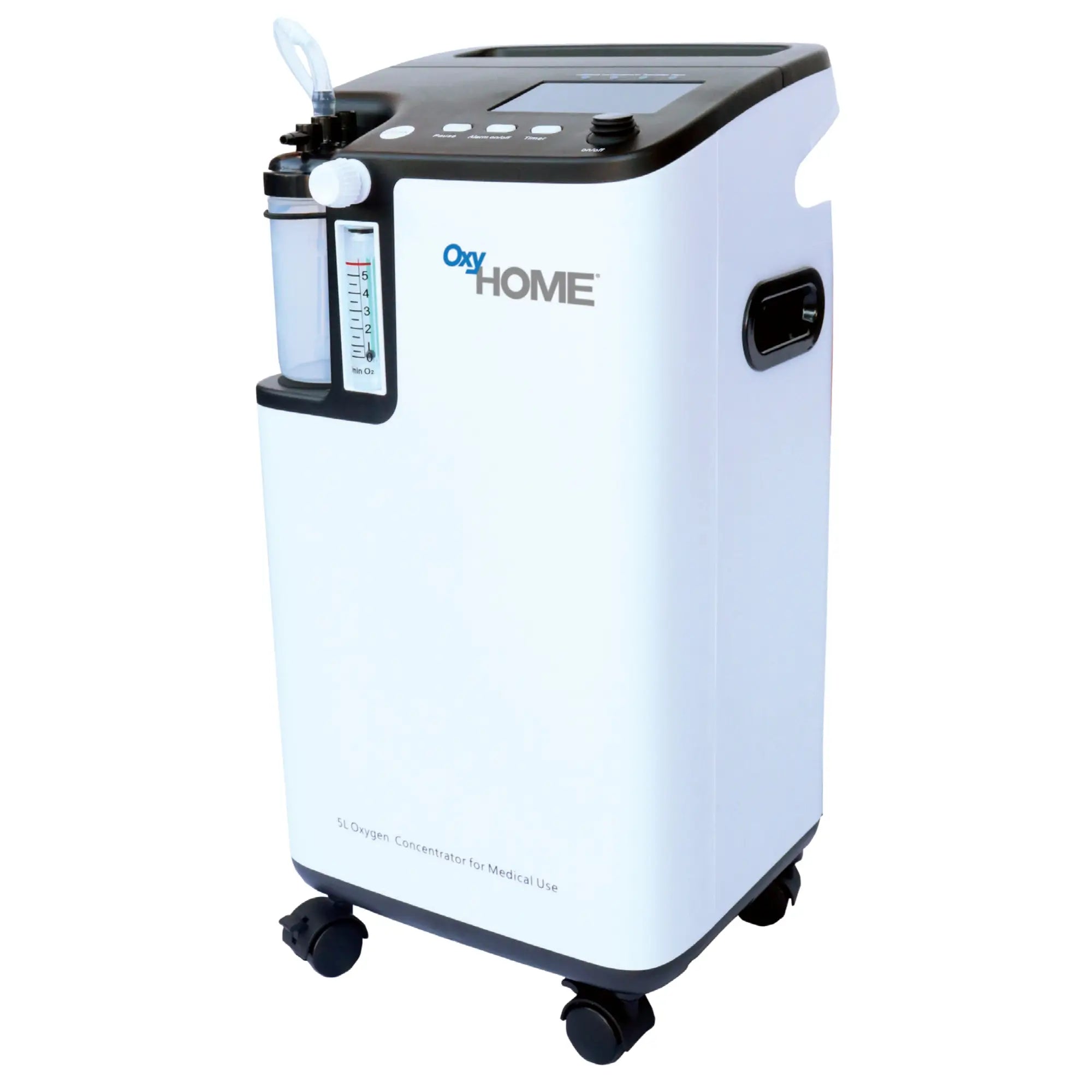Pulse oximeters are helpful devices for assessing blood oxygen levels and pulse rate. Whether you’re an athlete, a healthcare professional or someone managing a chronic health condition, having a reliable pulse oximeter at home can provide peace of mind and valuable insights.
Continue reading to learn more about the best oximeters in 2024:
What Is a Pulse Oximeter?
A pulse oximeter is a small device that clips onto your finger, earlobe or toe and measures the amount of oxygen in your blood. It does this by shining an infrared light through your skin and detecting how much of it is absorbed by hemoglobin, the protein that carries oxygen in your red blood cells. These devices usually display your oxygen saturation as a percentage, along with your heart rate.
Arterial blood oxygen saturation, or SpO2 is an indicator of how well your lungs and heart are working to deliver oxygen to your organs and tissues.
Normal oxygen saturation levels are between 95% and 100%. If your oxygen saturation falls below 90%, you may have hypoxemia or low blood oxygen levels, which can cause shortness of breath, chest pain, confusion, headaches and even loss of consciousness.
Some medical conditions that can cause low blood oxygen saturation levels are low respiratory infections, chronic lung diseases, such as chronic obstructive pulmonary disease (COPD), asthma attacks, heart failure, allergies, sleep apnea and high altitudes. Pulse oximetry is a simple, painless and noninvasive way to monitor your oxygen levels and pulse rate at home or in a medical setting.
Best Pulse Oximeters of 2024
3B Medical Pulse Oximeter
Key Aspects
- •Reliable Readings: This pulse oximeter provides precise oxygen saturation and pulse rate measurements.
-
•User-Friendly: The one-button operation and clear display make it easy for anyone to use.
-
•Portable: This compact and lightweight device is ideal for on-the-go monitoring.
VirtuOx Spot Fingertip Pulse Oximeter
The VirtuOx Spot Fingertip Pulse Oximeter is a great medical device to measure oxygen levels at home and during exercise. It can be used before or after physical activity, but measurements may be affected if you use it while in movement. The LCD display shows your oxygen saturation, pulse rate and the pulse oximeter’s battery life, which runs on two AAA batteries. It’s a small, lightweight and portable device that comes with a lanyard, so you don’t lose it.
Key Aspects
- •Simple and Easy to Use: Its uncomplicated interface allows you to use it with no hassle right out of the box.
-
•Long Battery Life: Enjoy extended use without frequent battery changes.
MQ3000 Fingertip Pulse Oximeter
The MQ3000 Fingertip Pulse Oximeter is designed for the real-time spot-checking of your oxygen levels and pulse rate at home and on the go. Its LED display allows you to view the readings from different angles. It provides fast and easy readings, so you don’t have to carry it on your finger for too long, and it comes with a lanyard to carry it hands-free. This is a great option for anyone who needs to use pulse oximeters frequently.
Key Aspects
- •Fast Readings: Get results within seconds.
-
•Auto Power-Off: Saves battery life by turning off automatically when not in use.
Digital Finger Pulse Oximeter
The Digital Finger Pulse Oximeter by Roscoe Medical has a compact design and a large, easy-to-read OLED display, making it ideal for patients and healthcare providers. This device senses oxygen saturations of 70% to 99% and pulse rates from 30 to 235 beats per minute (bpm). Its automated shutdown feature helps you save battery life.
Key Aspects
- •Low Power Consumption: It can be used continuously for 30 hours.
-
•Adjustable Brightness: This makes its large OLED screen easier to read.
-
•Low Power Indicator: Never run out of battery unexpectedly.
Insignia Pulse Oximeter with Digital Display
The Insignia Pulse Oximeter is designed for sports and aviation use only, and isn’t intended for medical use. It attaches painlessly to your finger and measures your oxygen levels and heart rate in no time. It allows you to switch between four different display modes to easily view your results. You can choose between 10 brightness levels, so you can easily read the display in dark and bright environments. Its low battery indicator lets you know when it’s time to replace its AAA batteries.
Key Aspects
- •Sleek Design: It features a slim profile and modern aesthetics.
- •Customizable Alarms: Set personalized alarms for low oxygen levels or irregular heartbeats.
-
•Anti-Motion Technology: Minimizes error due to movement.

Zacurate Pro Series 500DL
The Zacurate Pro Series 500DL is a medical-grade device designed for sports enthusiasts, aviators, trainers, mountain climbers, bikers and hikers without health conditions who want to monitor their blood oxygen levels during their activities. You can also get the medical version of this device with a prescription. This device comes with a lanyard, 2 AAA batteries and a silicon cover to protect it from dirt and damage.
Key Aspects
- •SpO2 Accuracy: Clinically tested for reliable results.
- •Large LED Display: Clear readings even in low-light conditions.
-
•Latex-Free: Safe for people with allergies and sensitive skin.

Zacurate Digital Pediatric Finger Pulse Oximeter
The Zacurate Digital Pediatric Finger Pulse Oximeter is designed for children, teens and adults with small fingers. It has a bright and colorful OLED display that allows you to view your parameters from different angles. It has an animal design to make it visually pleasing for children. With this device, it usually takes 10 seconds or less to get a reading once you insert your finger, but it can take longer for some people.
Key Aspects
- •Soft Silicon Padding: Gentle on little fingers and excellent for people with latex allergies.
-
•Automatic Shutdown: It conserves battery life by shutting down when not in use.

Wellue Fingertip Pulse Oximeter
The Wellue Fingertip Pulse Oximeter is a smart and wireless pulse oximeter that connects to your smartphone or tablet via Bluetooth. It accurately measures your blood oxygen level, pulse rate and perfusion index in spot-check or continuous mode. It has an alarm that alerts you of low oxygen levels and abnormal heart rhythms, and it also notifies you of low battery levels. This device can store up to 10 hours of data on the app.
Key Aspects
- •Dual-Color OLED Display: The dual-color feature enhances readability even in varying lighting conditions.
-
•Adjustable Alarm Settings: The Wellue oximeter alerts you when your vital signs fall outside the normal range, ensuring timely intervention.
-
•Long Battery Life: This pulse oximeter can operate continuously for hours and powers off when not in use.

Comparison Table
7 Things to Look for in a Good Pulse Oximeter
Choosing a pulse oximeter can be overwhelming due to the number of devices available. Here, we’ll share what to keep in mind when looking to get the right pulse oximeter for you.
Accuracy and Consistency
The accuracy of a pulse oximeter depends on several factors, such as the quality of the device, the calibration, the placement, skin tone, nail polish, ambient lighting, movement and temperature. Most pulse oximeters provide readings within 2% of the true oxygen saturation levels. However, prioritize devices that feature an accuracy indicator.
Consistent and reliable measurements are essential for accurate health monitoring. For greater accuracy and consistency, look for a device that has been tested and certified by a reputable organization, such as the Food and Drug Administration (FDA), the Conformite Europeenne (CE), or the International Organization for Standardization (ISO).
Ease of Use
The ideal oximeter is user-friendly, easy to set up, put on, read and interpret. Another thing to consider is whether you need a device that records your information so you can track your parameters.
Proper Fit
Ensure that the oximeter fits comfortably on your finger. A snug fit prevents light leakage and ensures accurate readings. Some models offer adjustable straps or clips for different finger sizes.
Pulse Oximeter Type
There are two types of pulse oximeters: fingertip pulse oximeters and pulse oximeters with separate sensors.
Fingertip pulse oximeters have an integrated monitor directly in the clip-on sensor. They are practical and portable, ideal for at-home use and travel. Pulse oximeters with separate sensors are monitors connected by a cable to the sensor, which makes them bulkier, but able to provide more reliable measurements. They are more suitable for hospital wards and doctor’s offices.
Data Display
Pulse oximeters show the oxygen saturation level and the pulse rate, usually in numerical form. Some devices may also show a waveform, a bar graph or a plethysmograph to indicate the strength and quality of the signal. The display should be clear, bright and easy to read.
When buying a pulse oximeter, you should look for features that enhance readability, such as powerful backlighting, a multidirectional display that rotates for easy viewing from any angle, and anti-reflective glass.
Portability
Most pulse oximeters are small and lightweight, making them easy to carry around and use anywhere. If you will use it on the go, you should look for one that includes a lanyard or carrying case that allows you to attach it to your clothes or bag.
Compatibility
If you’re more into high-tech devices, you should look for a pulse oximeter that can connect to your smartphone via Bluetooth to share data about the trends of your blood oxygen levels. Remember to make sure that the device’s app is compatible with your phone’s operating system.
If you aren’t sure what kind of pulse oximeter is right for you, our experts at Sleeplay are available to assist you in making an informed decision.
FAQs
How Do Pulse Oximeters Work?
Pulse oximeters use a technique called spectrophotometry. They emit beams of harmless infrared light through your tissues until it reaches your red blood cells. There, hemoglobin in red blood cells absorbs different wavelengths of light. When oxygenated hemoglobin absorbs infrared light, it changes its color slightly. The oximeter’s sensor detects this color change and calculates the oxygen saturation based on the ratio of oxygenated hemoglobin to the total hemoglobin.
What Factors Can Affect Pulse Oximeter Readings?
Several factors can impact your pulse oximeter reading accuracy. These are:
-
•Skin Temperature: Cold environments may reduce blood flow to the fingertips, affecting readings by giving a result lower than your real blood oxygen saturation or preventing your device from getting a read at all.
-
•Poor Circulation: Some medical conditions, such as Raynaud’s and peripheral artery disease, can lead to inaccurate readings.
-
•Altitude: At higher altitudes, there’s less oxygen available in the air, so results may be lower than normal.
-
•Nail Polish or Artificial Nails: Dark nail polish or thick artificial nails can block the infrared light emitted by the device.
-
•Skin Pigmentation: Darker skin can absorb more light, potentially resulting in higher blood oxygen saturation readings.
-
•Tobacco Use: Tobacco can damage small blood vessels, making it harder for red blood cells to pass through them and for pulse oximeters to get a good reading.
-
•Skin Thickness: Abnormally thick skin can increase the time it takes for the infrared light to pass through it and get to the red blood cells, which can alter readings or make them inconsistent.
How Much Do Pulse Oximeters Cost?
Pulse oximeters come in various price ranges. You can find a full functional basic model for as low as $20 or a high-end oximeter with extra features or that’s meant to be used in a hospital for more than $100.
How Do I Use My Pulse Oximeter?
Using a pulse oximeter is a straightforward process, but you need to make sure that you’re doing it correctly to ensure accurate results. Follow these steps:
-
1. Charge or Insert Batteries: Ensure the device is powered.
-
2. Clip the Probe: Attach the probe to your fingertip and make sure it fits snugly.
-
3. Turn the Pulse Oximeter On: This is usually done by pushing the big button in the front.
-
4. Read the Display: Check the SpO2 percentage and the pulse rate.
-
5. Interpret the Result: Review what the numbers mean for your health.
Should I Have a Pulse Oximeter at Home?
While most healthy individuals don’t need one, consider having a pulse oximeter at home if:
-
•You have chronic respiratory conditions, such as COPD or sleep apnea .
-
•You’re recovering from an illness or surgery.
-
•You live at high altitudes.
-
•You want to monitor your health during exercise or sleep.
-
•You need to assess the effectiveness of treatments or interventions that affect your breathing or oxygen levels, such as oxygen therapy, ventilators or medications.
It’s important to remember that pulse oximeters are less accurate in people with dark skin tones, especially when their blood oxygen saturation is below 80% . Black patients are more likely to have unrecognized hypoxemia than white patients since pulse oximeters tend to overestimate their results, often delaying the diagnosis and treatment of respiratory diseases. It’s important for healthcare providers and patients to be aware of the potential limitations and biases of pulse oximeters.
A pulse oximeter can be a valuable tool for your health, but it’s not a substitute for medical advice or treatment. Whenever you start to consistently get abnormal results from your pulse oximeter readings, you should consult with your healthcare provider. They can perform more comprehensive tests to determine the cause and severity of your condition and prescribe the appropriate treatment.
Monitor your health with precision. Find the top pulse oximeters of 2024 on Sleeplay.


